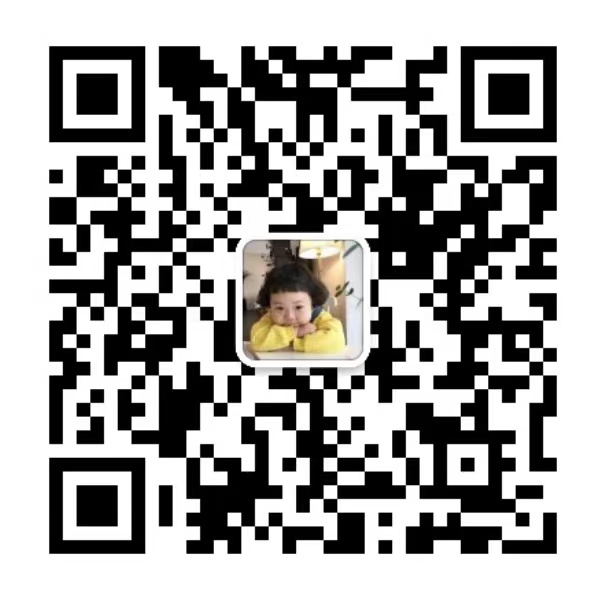Listen to part of a lecture in an animal behavior class.
As you know, researchers have long been interested in discovering exactly how intelligent animals are.
Today we are going to talk about a particular cognitive ability some animals seem to have - the ability to recognize themselves in a mirror.
Oh, I've heard about that. Chimpanzees have it.
Right. Chimpanzees and other primates, chimps, gorillas, orangutans, and of course, humans.
But it's also been found in elephants and bottlenose dolphins, a bit of a surprise.
It's very rare. Most animals don't have it, and it's called mirror self-recognition, or MSR.
Well, how does it work? I mean, how do researchers know if elephants or chimps recognize themselves?
Researchers give them a mirror mark test.
In the mirror mark test, researchers put a mark on the animal where the animal is unable to see it or smell it or feel it, like on the side of their head, without looking in the mirror.
Now, typically, when animals first see themselves in the mirror, they think they are seeing another animal.
Often they will look for this animal behind the mirror.
They may even exhibit aggressive behavior.
But some animals, after this period of exploration, exhibit behaviors that show they know they are looking at themselves.
For instance, elephants will touch the mark on their heads with their trunks.
Now, it's been assumed that primates and some other mammals stood alone at the top of the hierarchy of cognitive evolution.
But recently, birds have been found to possess some of the same cognitive abilities!
In particular, researchers have discovered these abilities in corvids, birds of the corvidae family.
Corvids include ravens, jays, crows and magpies among others.
And what kinds of cognitive abilities are we talking about?
Well, Corvids and some mammals have the ability to plan for the future, to store food for instance, in places where they can find it later.
It's been suggested in fact that jays, corvids known for stealing each other's food, may hide their food precisely because they are projecting their own tendency to steal onto other jays.
So let's talk about a study recently conducted with magpies.
As I said, magpies are corvids.
And because corvids have these other cognitive skills, researchers wanted to see if they were also capable of mirror self-recognition.
So they gave them the mirror mark test, placing yellow sticker on the birds' black throat feathers.
At first, the magpies all engage in the same social behaviors that other animals do-looking behind the mirror, etc.
But eventually, some of the birds, while looking in the mirror, kept scratching at the mark until they got rid of it.
And they didn't scratch at it when there was no mirror around. So they passed the test.
Wow! Do any other birds have this ability?
Well, not that we know of.
There was a study using pigeons, where researchers attempted to reduce MSR to a matter of conditioning, that is, they claimed that the ability to recognize oneself in a mirror could be learned.
So these researchers basically trained some pigeons to pass the mirror mark test.
But two things are noteworthy here.
One, no one's ever replicated the study, but more importantly, it misses the point.
The issue isn't whether some behavior can be learned.
It's whether a species has developed this ability spontaneously.
So what does the test tell us about corvids or chimpanzees?
Good question. For one thing, it is important because it sets animals with a sense of self apart from those without a sense of self.
But more importantly, many researchers believe that MSR is indicative of other advanced cognitive abilities.
Self-awareness, even in its earliest stages, might entail an awareness of others, the ability to see their perspective, to look at the world from another's point of view.
This is crucial, because it implies a high level of cognitive development.
It's perhaps the first stage toward the development of empathy.
But birds' brains are so small compared to primates.
True. Though corvids do have unusually large brains for birds.
But size isn't the whole story.
It's thought that primates are so intelligent because of a certain part of their brains, which birds simply don't have.
But there is an area in birds' brains that researchers believe governs similar cognitive functions.
So primates and birds' brains have evolved along different tracks, but ended up with similar abilities.

















 分享成功
分享成功

















草莓小菇凉:说的非常好,十分有道理,棒棒棒!
06-08 15:44:55